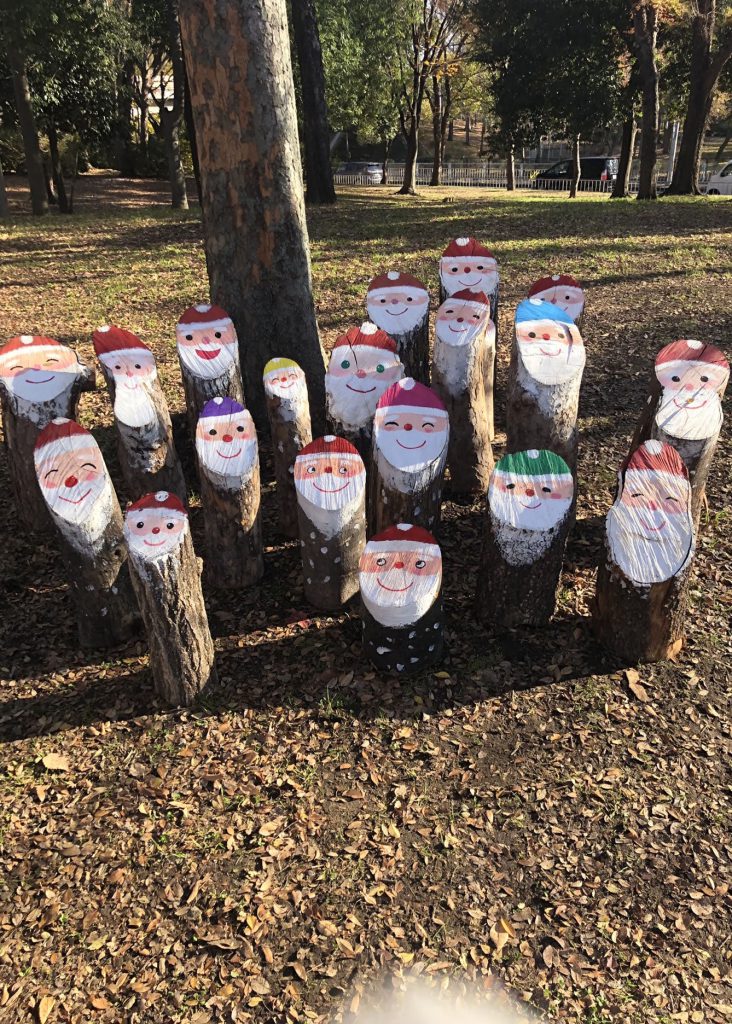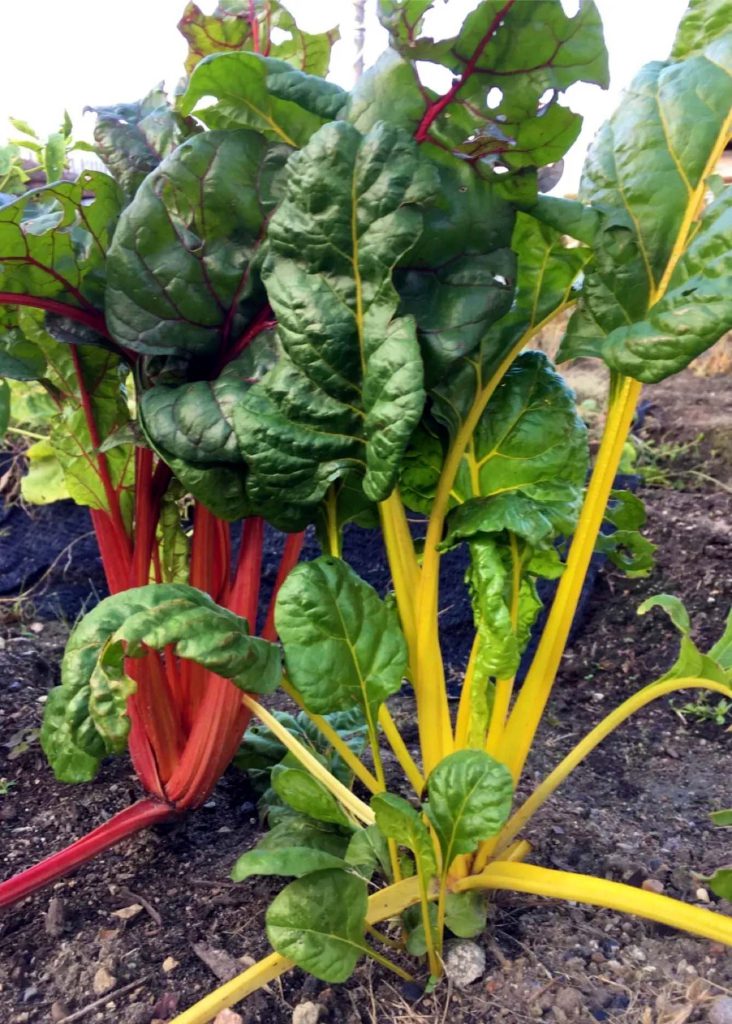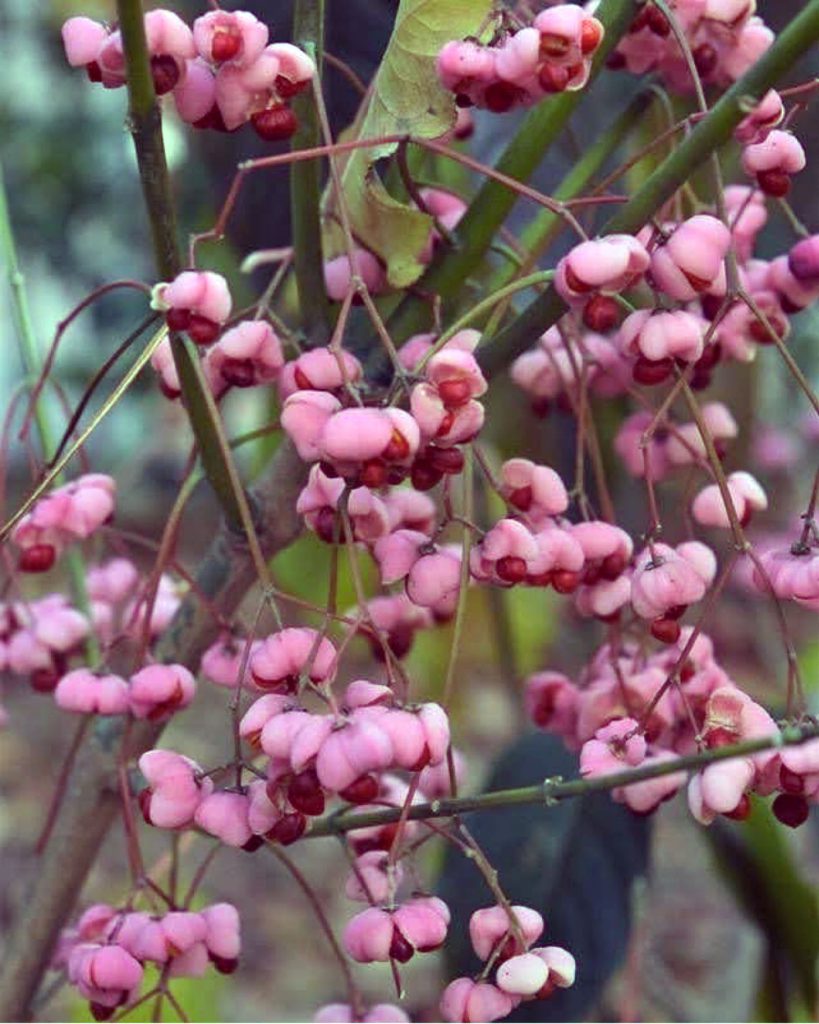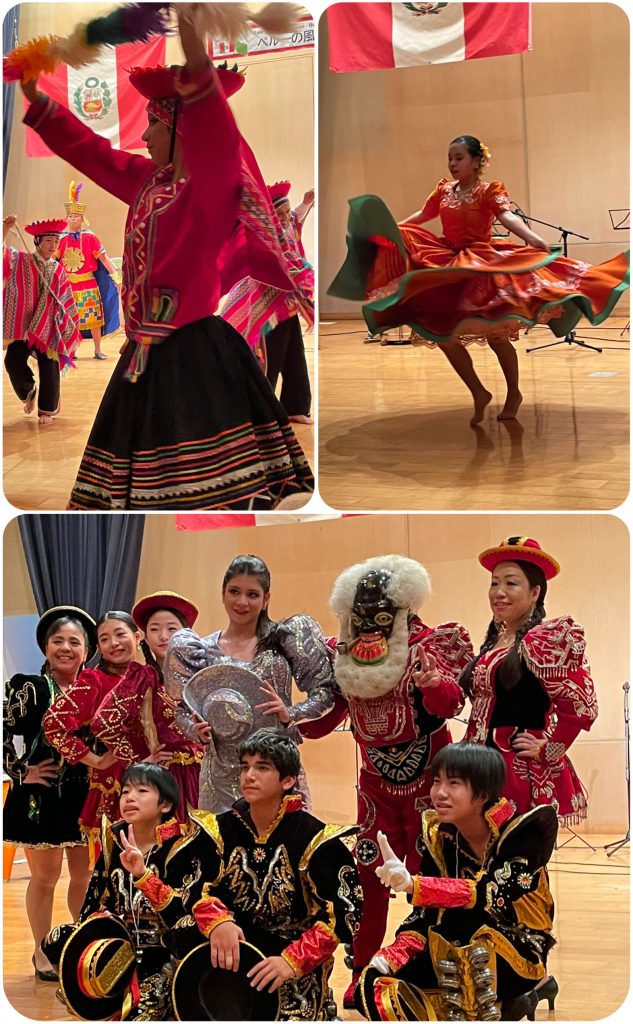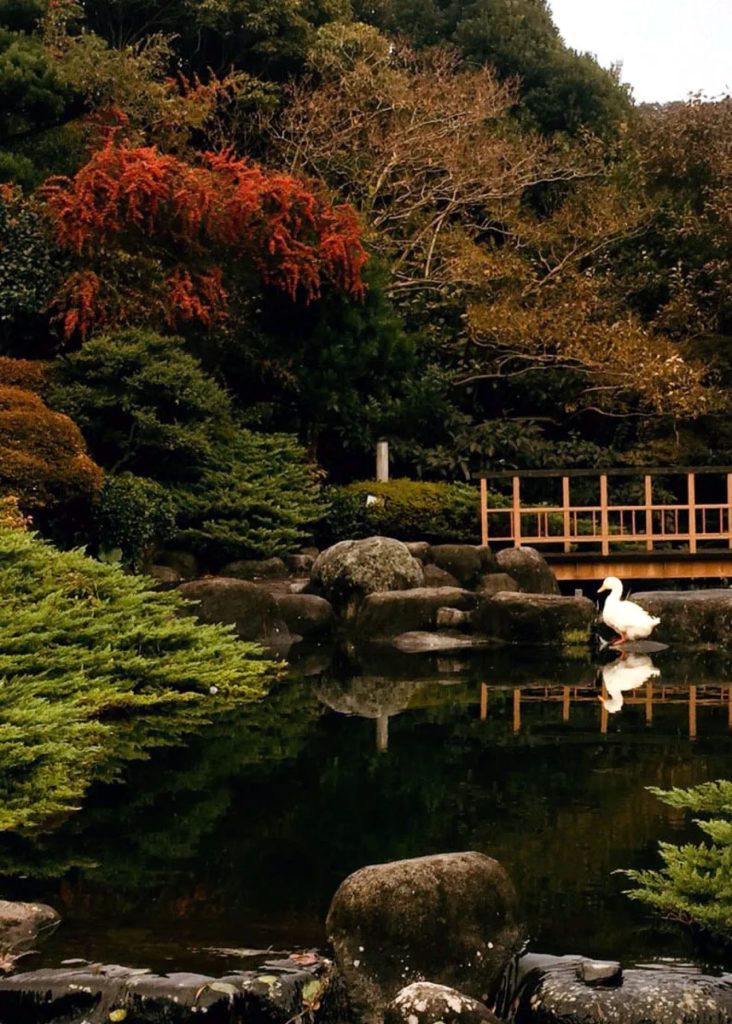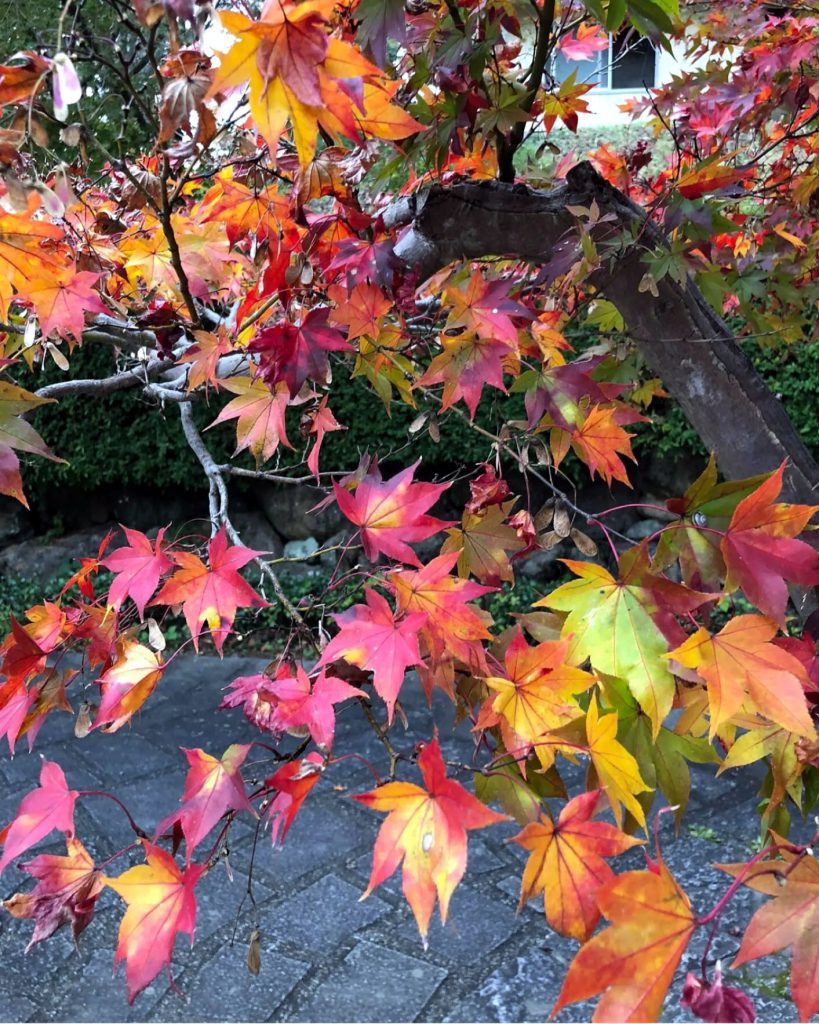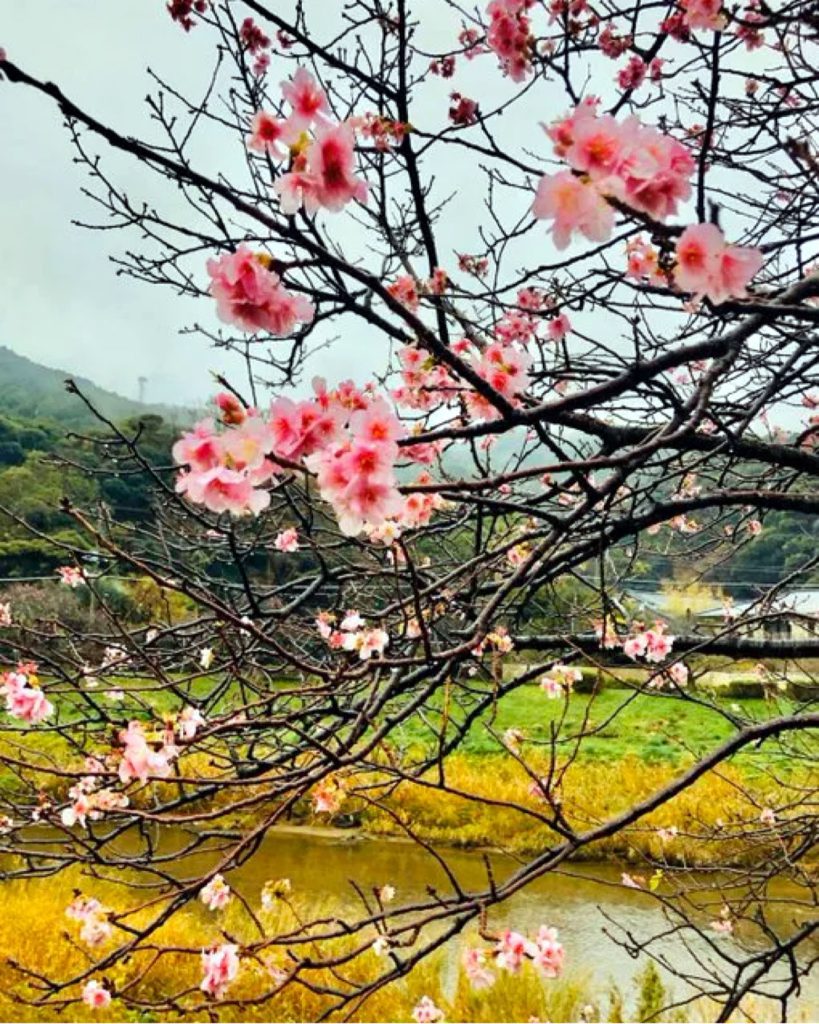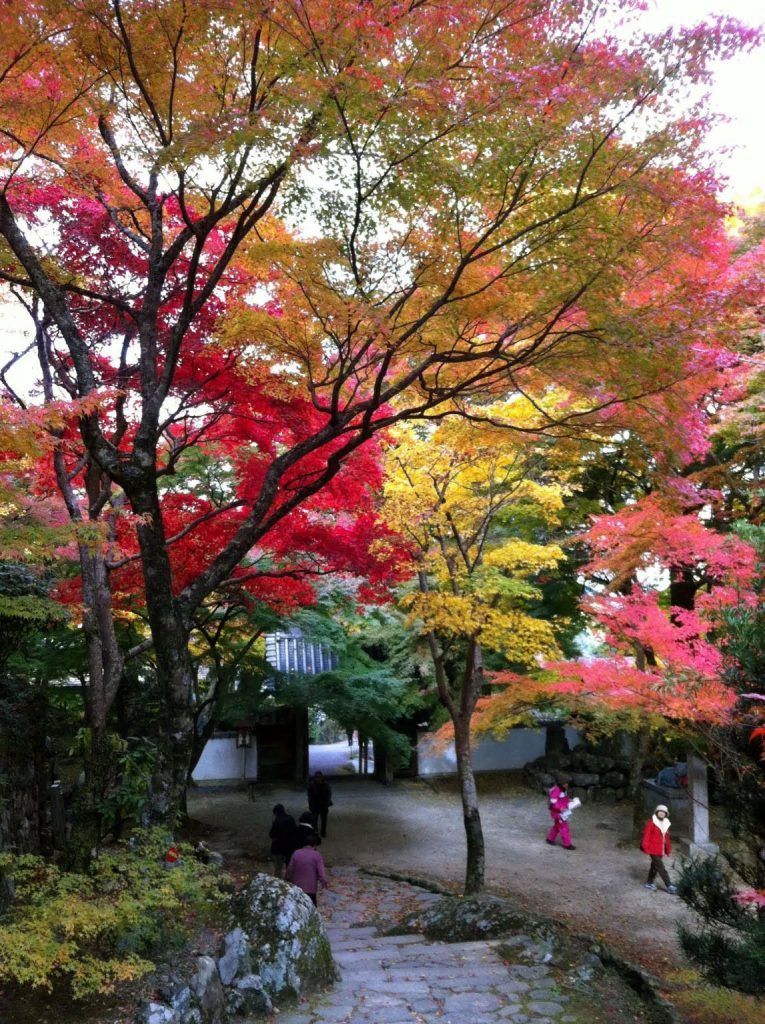
Daiitokuji Temple is the second most popular autumn leaves spot in Osaka Prefecture. Located on Mt. Ushitaki, it is also known as Ushitaki Temple. The Tahoto pagoda that remained after being destroyed by Hideyoshi’s attack on Negoro is designated as a national important cultural property. The surrounding area, including the precincts, is famous for its autumn foliage. The autumn leaves in the Kinki region have begun to fall, but the autumn leaves of Mt. Ushitaki are in full bloom until mid-December. Nearby, there are four waterfalls with a drop of around 10m along the Ushitaki River, which are remnants of the Shugendo training grounds opened by En no Gyoja. When I approached the temple gate to go to Ushitaki Onsen, a woman wearing a costume that looked just like Santa Claus came in through the temple gate.
もみじの名勝牛滝山として知られる山岳寺院大威徳寺は大阪府でも第2位の人気の高い紅葉スポットです。牛滝山にあり、別名を「牛滝寺」とも呼ばれています。秀吉の根来攻めの戦火で荒廃しましたが、残った多宝塔は国の重要文化財に指定されています。境内を含め、周囲は紅葉の名所として有名。近畿各地の紅葉も散り始めましたが、牛滝山の紅葉は12月半ば頃まで見頃です。近くには、牛滝川に沿って落差10m前後の滝が四つあり、役行者が開いた修験道の行場の名残を留めています。お目当ての牛滝温泉に行こうと山門に差し掛かった時、サンタクロースそっくりの衣装を纏った女性が山門を潜って入って来ました。

